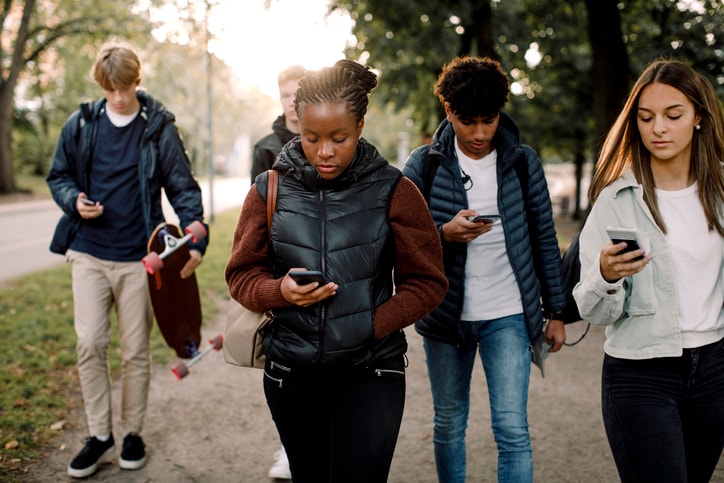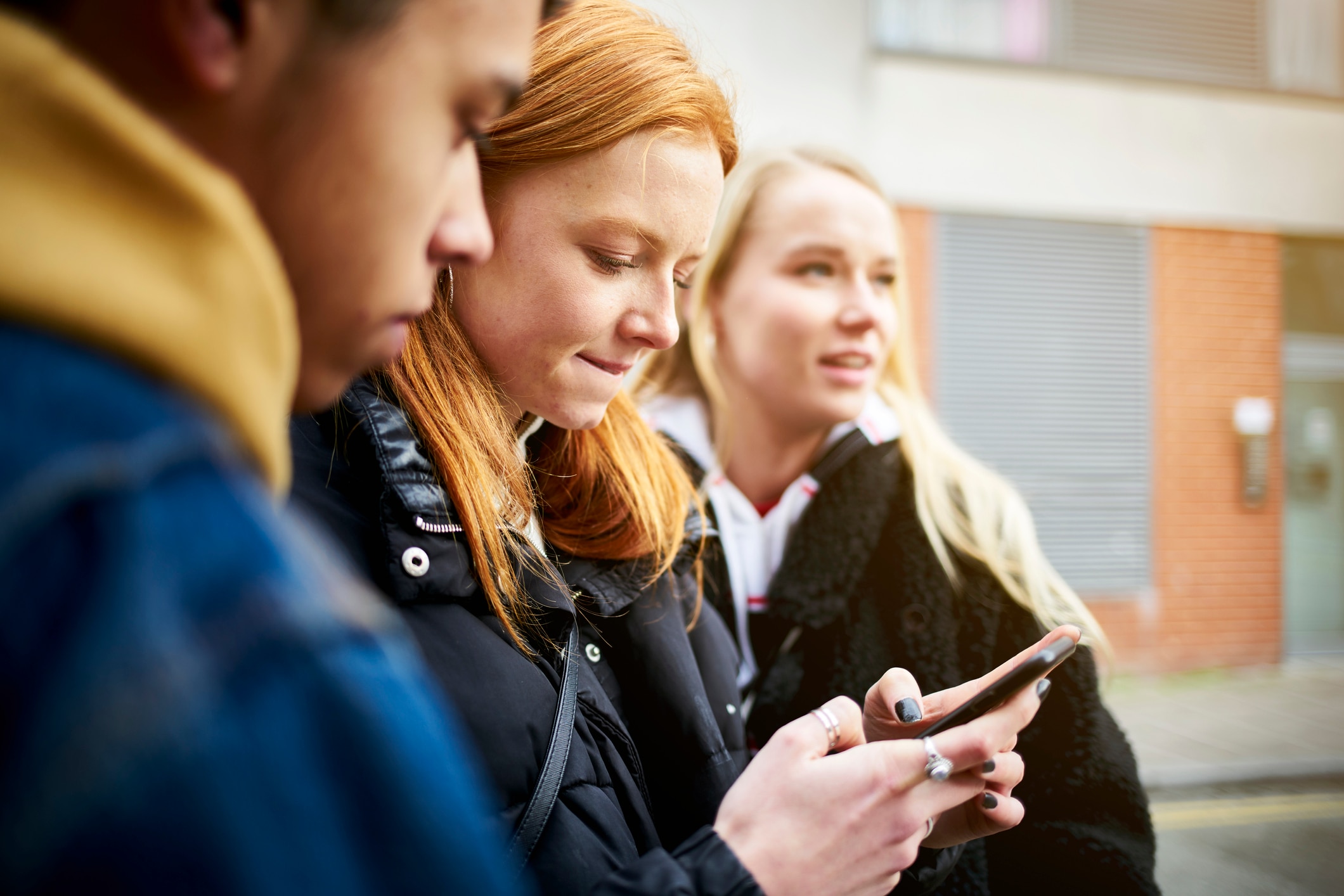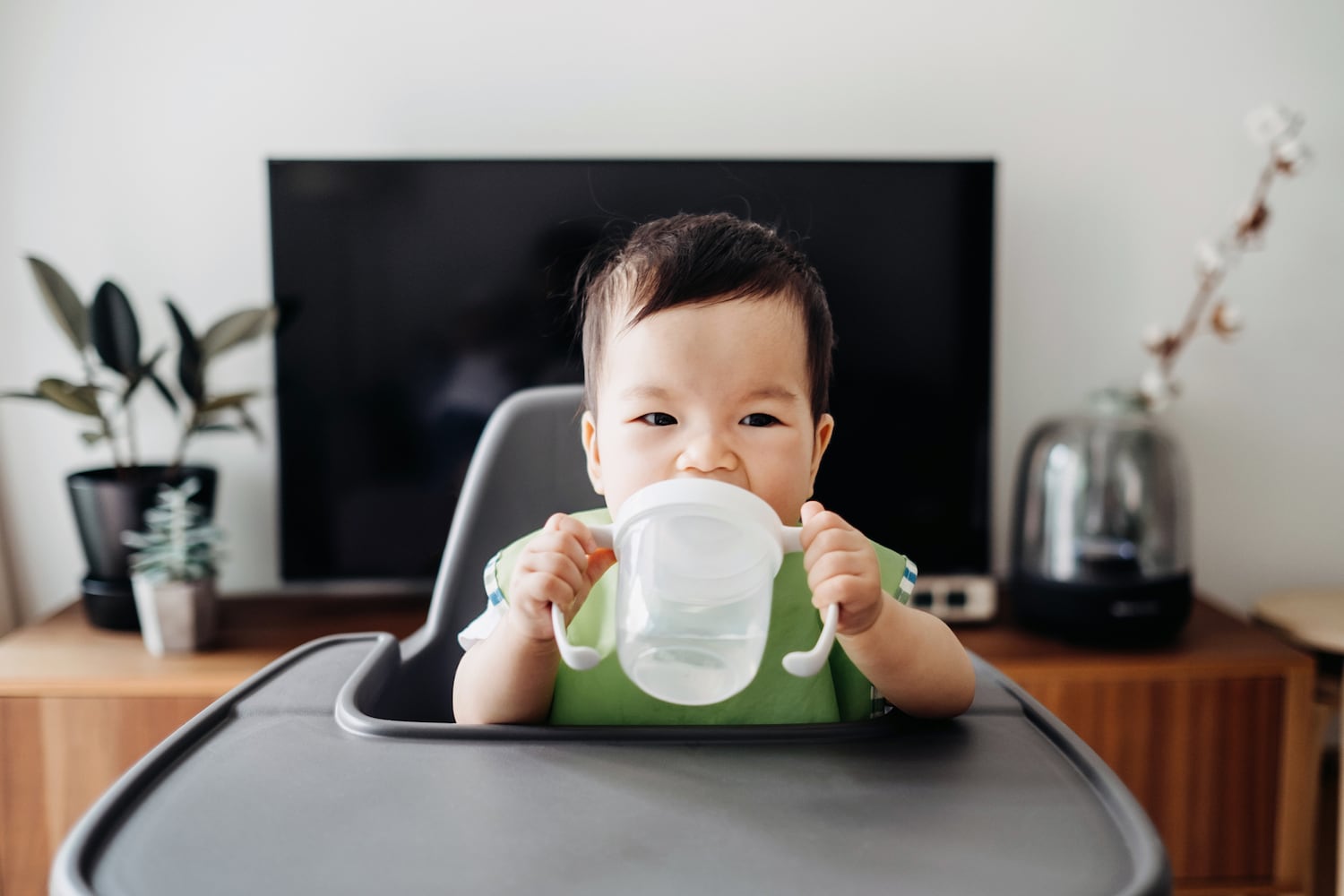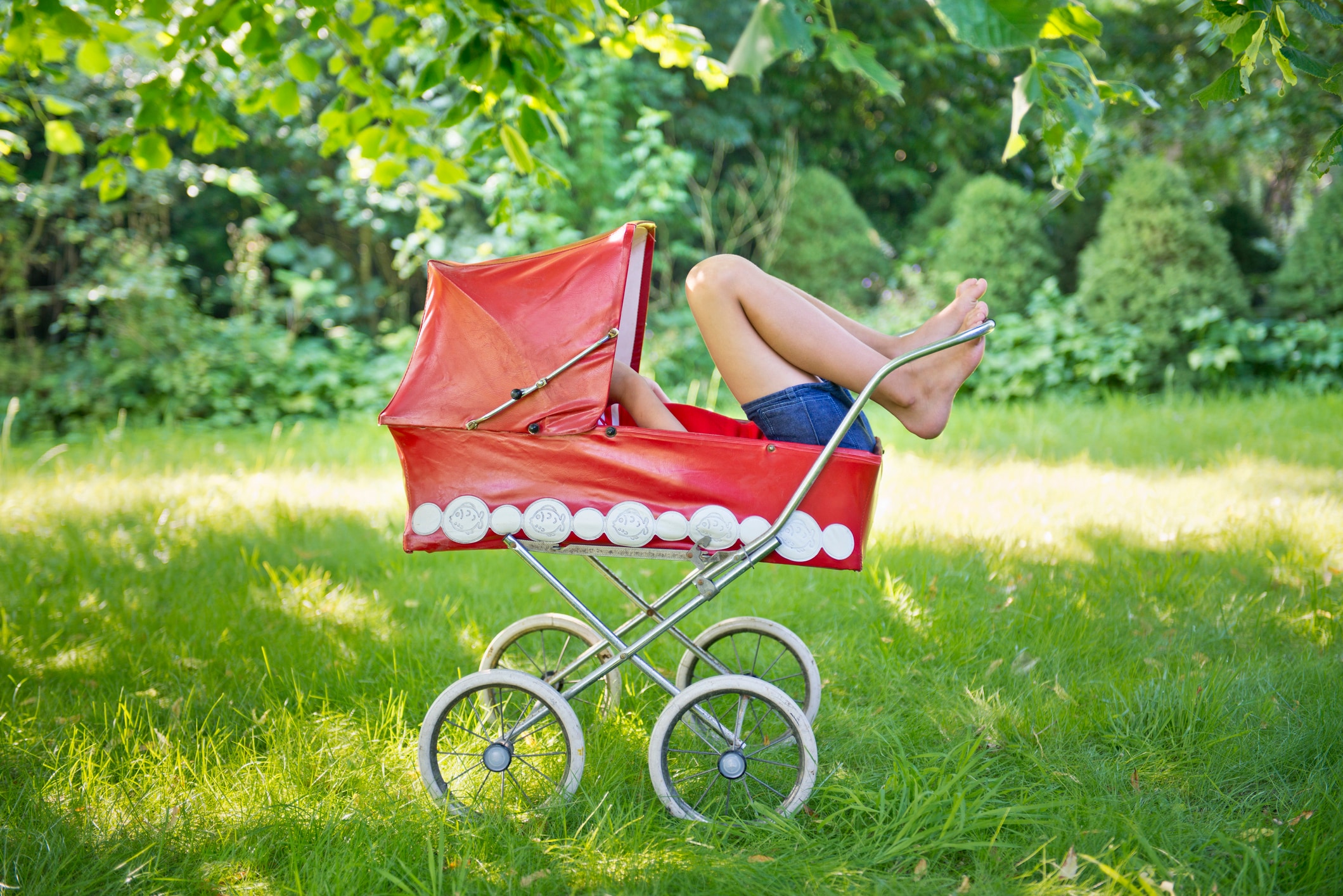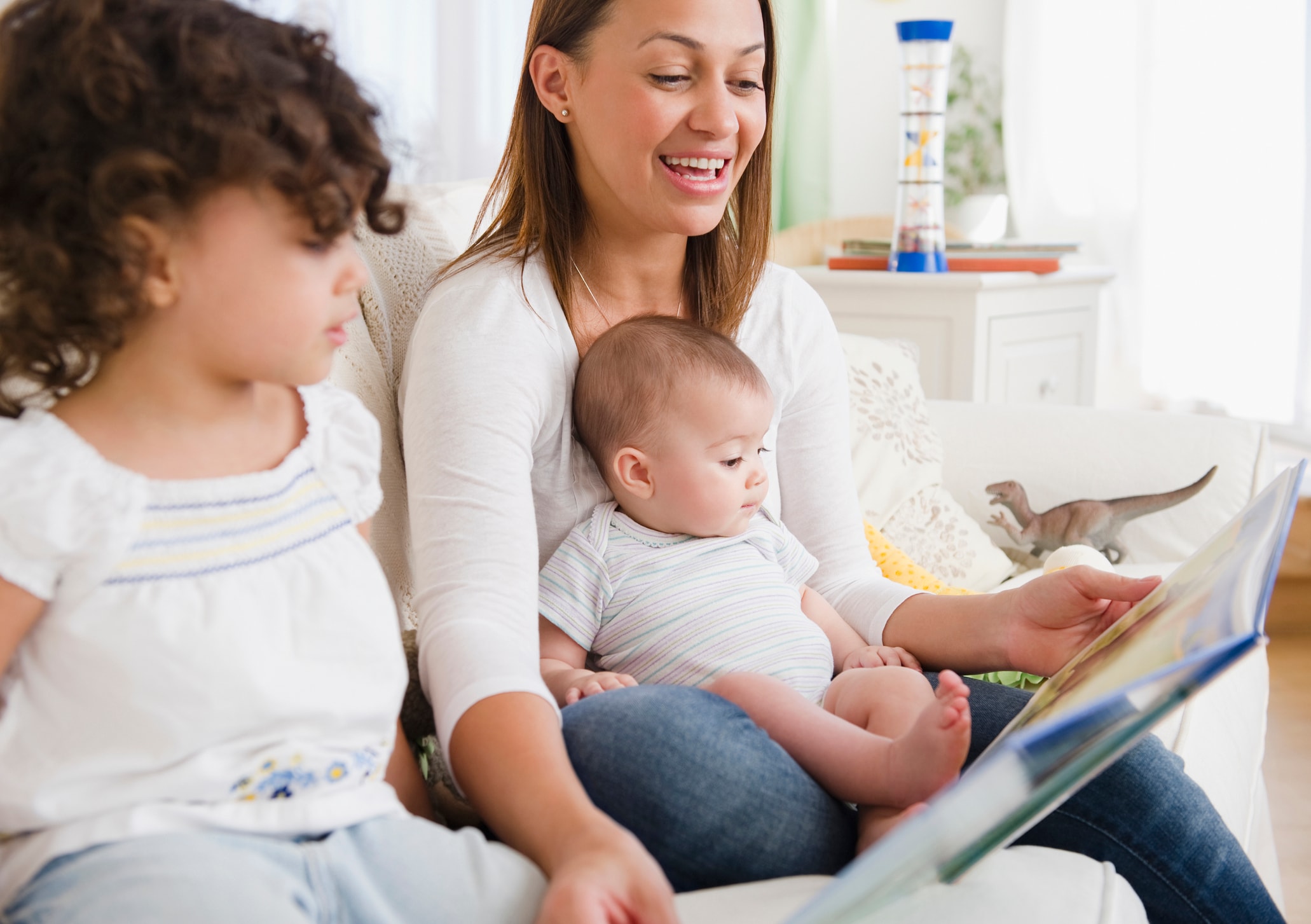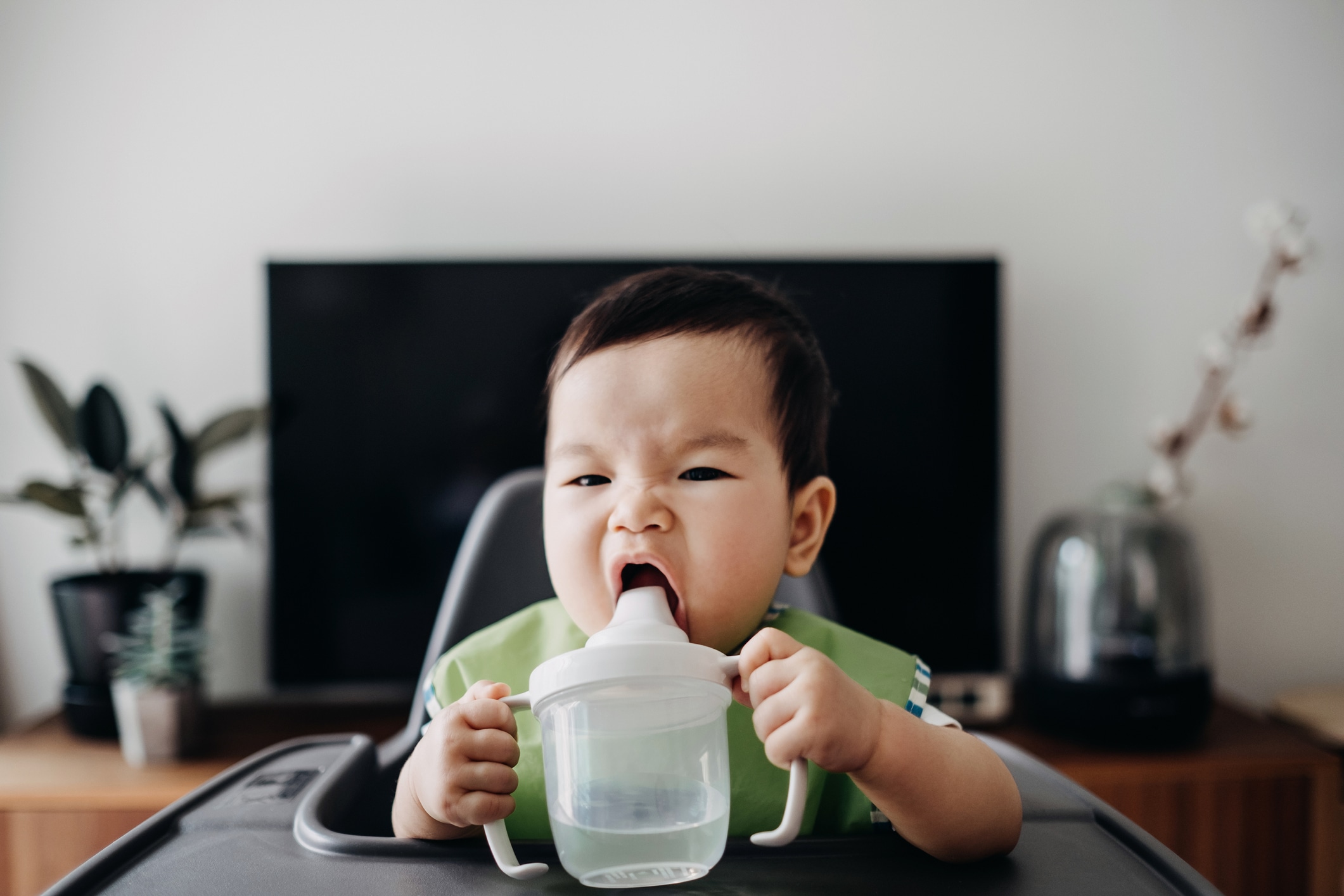Whether you love it or hate it, social media is here to stay. Social networks have woven themselves into the fabric of our everyday lives by giving us a powerful way to communicate, organize, stay up-to-date on the latest trends and even get the tea on our favorite public figures. By 2025, experts estimate that the number of active social network users will reach 5.42 billion people.
But there’s a potential dark side to all this time people spend on social media. In recent years, we’ve started to learn more about things like online harassment, depression, anxiety and even social media addiction.
“By every measure, using social media is a risky behavior,” says Bailey Parnell, a public speaker, social media expert and the founder and CEO of the nonprofit #SafeSocial. “In psychology, you judge risky behavior pretty simply as something where, when you participate, you expose yourself to potential harm, and we know for sure now that you expose yourself to potential harm on social media.”
“In psychology, you judge risky behavior pretty simply as something where, when you participate, you expose yourself to potential harm, and we know for sure now that you expose yourself to potential harm on social media.”
— BAILEY PARNELL, SOCIAL MEDIA EXPERT, #SAFESOCIAL CEO AND FOUNDER
While the capacity for harm exists on social media, it can also be a positive part of your life and a tool that you use for good. Here, Parnell breaks down the stressors and dangers people encounter on social media and the five essential steps you can take to practice #safesocial.
Sign up for this free webinar today:
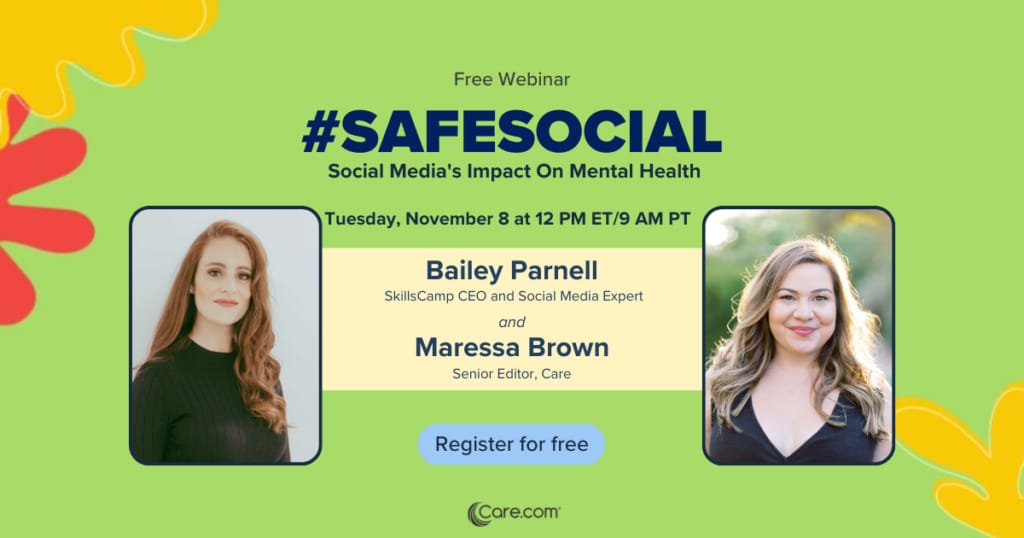
Stressors on social media
There are an endless number of ways that social media can contribute to our physical, mental and emotional stress. In her work, Parnell has pinpointed three elements of social media that act as major triggers.
The highlight reel
On social media, you’re exposed to a never-ending stream of other people’s vacations, parenting wins, promotions, new relationships, cute outfits and exciting nights out. Parnell calls this “the highlight reel.”
“It’s a collection of the best and brightest moments, but what happens is that humans naturally compare themselves as a means of understanding their identity,” Parnell explains. “That’s called social comparison theory. So, we scroll on social media and we think it’s our access to how others live, and then we start comparing our behind-the-scenes with everyone else’s highlight reel.”
Social currency
Parnell defines social currency as the likes, follows, shares and other ways people interact with and react to you on social media. All of these things can become transactions that we unconsciously use to attribute value to ourselves and to others.
“This is the economy of attention,” Parnell says. “Social currency feeds into comparison because we look at the number of likes or shares, and we can trick ourselves into thinking it’s an objective comparison. You start to think, ‘Oh, this must be what society values because that has more likes.’ But really it’s anything but objective, and this is especially hard on young people.”
Online harassment
Nearly 60% of teens and 41% of adults have experienced some form of online harassment. The problem is widespread, Parnell says, and it’s made even more difficult by the fact that people aren’t always aware that our online behaviors are harmful.
“Whatever you consider offline harassment is the same online. It is taking away someone’s right or ability to exist freely in a space.”
— BAILEY PARNELL, SOCIAL MEDIA EXPERT, #SAFESOCIAL CEO AND FOUNDER
Online harassment includes:
- Physical threats.
- Stalking.
- Sexual harassment.
- Verbal abuse.
- Publicly sharing things meant to be private.
“Whatever you consider offline harassment is the same online,” Parnell says. “It is taking away someone’s right or ability to exist freely in a space.”
How social media stressors affect us
The stressors people face on social media have the power to affect their moods, lifestyles and how they feel about themselves. Parnell says some of the most significant impacts include:
- Distraction.
- Loss of productivity.
- A sedentary lifestyle.
- Loneliness.
- Fear of missing out (FOMO).
In some cases, people even experience social media addiction. “On social media, we experience effects similar to substance dependencies,” Parnell says. “With every like, we get a shot of dopamine, we gain social currency, we feel good. And the pressure is always there to post one more time, check one more time.”
Experts estimate that 5-10% of Americans are at risk for social media addiction, though the real number may be even higher. It can be difficult to identify social media addiction simply because most people see it as normal to spend a lot of time on these apps. On the #SafeSocial website, Parnell offers a free assessment to determine if you or your kids are impacted by social media addiction.
“That quiz is actually very helpful for people because it gets them answering questions that they might not normally ask themselves,” she says.
The 5 steps to practicing #SafeSocial
The good news is that the damaging effects of social media aren’t something we just have to live with. We know that using social media has the potential to impact people in all of these negative ways, Parnell says, and that gives us the opportunity to create a better experience and to learn how to protect ourselves.
1. Build awareness
Mindfulness is a powerful tool for combating the negative effects of social media, Parnell says. We can use it not only to create awareness around our habits and behaviors on social media, but also to assess how social media use makes us feel.
Parnell says to check in with yourself and ask questions like you would during any other risky behavior:
- Why am I on social media right now?
- Am I doing this because I need to or because I want to?
- Do I genuinely enjoy using this?
- Have I designed a social media feed that serves me or takes away from me?
- Have I been peer pressured into this?
Additionally, she adds, try to reframe the highlight reel and check the urge to compare. “If I said to anyone, ‘Oh, you have to compare all your moments, including bad ones, to someone else’s best moments,’ you would say that’s an unreasonable comparison,” she says. “We need to remind ourselves of that. We’re really only seeing 1% of someone’s life.”
“If I said to anyone, ‘Oh, you have to compare all your moments, including bad ones, to someone else’s best moments,’ you would say that’s an unreasonable comparison. We need to remind ourselves of that. We’re really only seeing 1% of someone’s life.”
— BAILEY PARNELL, SOCIAL MEDIA EXPERT, #SAFESOCIAL CEO AND FOUNDER
2. Modify your consumption
There are two major ways to modify your social media consumption: change how frequently you use it and change what you see while you’re scrolling.
To manage the time you spend on social media and create better habits, Parnell recommends:
- Using time management tools, like Apple’s Screentime.
- Turning off or blocking notifications.
- Scheduling digital detoxes.
- Prioritizing offline time.
While you’re on social media, take advantage of the algorithm and privacy features to create an experience that benefits you.
“How people spend their attention is going to determine what they start to see more of on social media,” Parnell says. “So, you can decide to spend your attention wisely. Notice what you’re commenting on, what you’re liking. Curate your feeds. There is a lot of good on social media. You can also spread good.”
3. Build your offline soft skills
“What my research overwhelmingly shows is that if you feel good offline, you will feel good online,” Parnell says.
What this means is that it’s essential to work on your “soft skills,” or the skills that enable you to interact effectively and harmoniously with others. Parnell says these include:
- Self-awareness.
- Self-confidence.
- Resilience.
- Optimism.
- Mindfulness.
“For participants in my research, how they felt about themselves offline at the time of social media use was the greatest indicator, not only of whether they’d have a good or bad time but also a moderator of how good or how bad it would be,” Parnell says.
4. Model good behavior
Creating a better online space includes setting a good example for other users online and for kids who may be watching at home. Parnell offers these guidelines for good social media citizenship:
- Comment like everyone can see it — because they can.
- Don’t share hateful posts or fake news.
- Avoid using the majority of your posts to “vent” or share negative opinions.
- Use privacy controls and don’t share personal information.
As for setting a good example for the young people in your life? Parnell says parents and caregivers should know that modeling safe and positive social media behavior “starts the minute they recognize that you have a mobile device in your hand.” This means:
- Setting limits for screen time, like no phones at the dinner table.
- Communicating about the potential risks of social media use.
- Talking about your own social media experiences.
- Setting rules for kids’ social use and reassessing based on age and maturity.
5. Hold tech accountable
The responsibility to make social media a safe space isn’t only on individuals. Parnell says it’s also vital that we hold tech companies accountable and call on governments to do more to regulate the digital space.
“The business model is that the more time you spend on social media, the more money companies make off of your attention,” Parnell says. “They have an interest in you spending time there, and they should also hold some of the responsibility for what happens there. If you’re going to make money off of people being here, you need to also be accountable.”
The bottom line on social media
Yes, there are risks to using social media, but that doesn’t have to be the whole story. Social media is an essential tool and a positive force when we use it responsibly. That’s why it’s vital for people to learn how to interact with it safely and to pass that knowledge on to the youngest social media users.
“It’s easy to forget that there’s still a lot of good on social media,” Parnell says. “The reason why it’s ‘practice safe social’ and not ‘abstain completely from social’ is because social media is also where we’ve built communities, where revolutions have happened, how we connect with friends and family — the list goes on. So, really, we’re trying to get more of that with less of the bad.”
